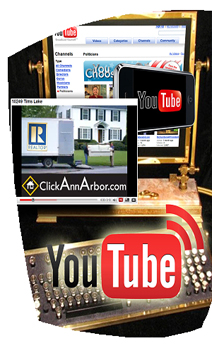Early sales lessons teach to ask a prospect what they need, and then find a way to offer it, at a price. The modern methods of selling haven’t lost this principle, making clear the leaders in dollar volume.
 In my first position as an application specialist, I worked closely with software sales staff, performing demonstrations for current customers and often, brand new prospects. I will always remember the words one sales trainer shared with me, just moments before the client walked in, “No matter what they ask for, even if the software can’t currently do it, or it’s irrelevant, say yes,” he said, “we will find a way to make it do that, even if it costs extra, it is what they’re asking for.”
In my first position as an application specialist, I worked closely with software sales staff, performing demonstrations for current customers and often, brand new prospects. I will always remember the words one sales trainer shared with me, just moments before the client walked in, “No matter what they ask for, even if the software can’t currently do it, or it’s irrelevant, say yes,” he said, “we will find a way to make it do that, even if it costs extra, it is what they’re asking for.”
For years I felt this little episode in my life was a sad travesty to sales, a man selling ‘vaporware,’ desperate to close a deal any way possible.
I’ve learned better.
Disneyland, and Disney World, are clear examples. You rarely hear complaints about the experience they offer, only about the high price. These destinations make every opportunity in your vacation experience worthwhile, and they charge top dollar to do it. Today’s sales leaders can learn from the Late Great Walt Disney.
Questions to a prospect must be about them, not you, your product or it’s features. Start a conversation about their needs, and you will quickly identify that you can help, and make a sale, even out-of-the-box at a premium, or that there is no way to help from your options, and you both can move on to better things. Either choice is a win.

 While sitting serenely in the Jacuzzi at the local gym after a winning session of Les Mills Body Pump, I struck up a conversation with one of the usual suspects, a friend I’d never shared the workout with, but had often been in the hot tub at the end. He was on what must have been his third crash diet, failing his way through Atkins, South Beach, Master Cleanse, and what must now be some newer fad.
While sitting serenely in the Jacuzzi at the local gym after a winning session of Les Mills Body Pump, I struck up a conversation with one of the usual suspects, a friend I’d never shared the workout with, but had often been in the hot tub at the end. He was on what must have been his third crash diet, failing his way through Atkins, South Beach, Master Cleanse, and what must now be some newer fad. After working for mortgage brokers from Chicago to New York, I recently started a new contract for an entity I had never worked for directly as a loan officer before: a bank.
After working for mortgage brokers from Chicago to New York, I recently started a new contract for an entity I had never worked for directly as a loan officer before: a bank. What would you do if you were faced with the challenge of creating new and effective ways to sell homes in a competitive real estate market?
What would you do if you were faced with the challenge of creating new and effective ways to sell homes in a competitive real estate market?